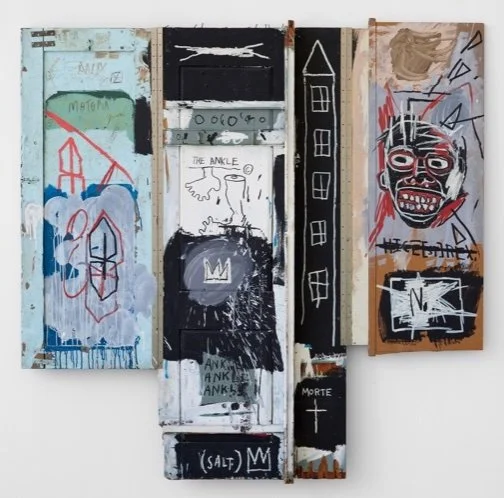I am hardly alone among appraisers to be blistering over Daniel Cassady’s article published in ARTnews last week, initially titled “AI Art Valuations Are Starting to Give Some Market Players an Edge,” then quietly subsequently changed on the website to “AI Art Valuation Companies Think They Can Give Market Players an Edge.” [NB: Notwithstanding the title change, almost all of the article remains intact, and the initial title is unchanged on the magazine’s Instagram account.]
It is extremely problematic to peer into our profession, as Mr. Cassady does, and blithely suggest that certain appraisers have an “edge” over others, and further, that appraisers using AI can “appraise works more quickly and accurately than ever before.” Mr. Cassady offers no grounding for such sweeping claims about the relative speed or accuracy with which we do our jobs. Instead, he relies on unsubstantiated testimonials from a small group of tech-forward actors who appear to be advocating for their own business interests.
To the tech-as-panacea crowd, there is seemingly always an innovation to be hailed as transformative, but art appraisal relies on real—not artificial—intelligence, diverse lived experience in the art world, networks of relationships in an array of allied professions, and a large body of knowledge cultivated over time.
In addressing the use of technology in appraisal, Mr. Cassady should offer concrete examples of how, if at all, the blockchain, AI, or other technology can meaningfully augment appraisal. He should also address the major limitations of technology in a field in which individual expertise is critical. Mr. Cassady does his readers a disservice by failing to include commentary from relevant professionals who feel that the above-mentioned technology does not meaningfully augment apprasial, and may be a superfluous business cost.
The most egregious issue in the article is, in my view, Mr. Cassady’s uncritical use of unreliable sources, above all, appraiser Carolyn Taylor. Mr. Cassady writes: “Along the way, I became an appraiser and was shocked at how that industry ran,” Taylor told ARTnews. “After a few years, it became very clear there were no neutral appraisers. Every appraisal firm is also a dealer.”
Ms. Taylor is also a member of the Appraisers Association of America. As such, she must be compliant with the current (2024) edition of the Uniform Standards of Professional Appraisal Practice (USPAP), which states in its “Definitions” section that an appraiser is “one who is expected to perform valuation services competently and in a manner that is independent, impartial, and objective” (p. 3). The language of neutrality is found throughout USPAP. The “Conduct” section of the Ethics Rule of USPAP reiterates that an appraiser “must perform assignments with impartiality, objectivity, and independence, and without accommodation of personal interests” (p. 9).
It is not only wrong but frankly unprofessional for Ms. Taylor to assert that there are “no neutral appraisers,” when, in fact, all serious professional appraisers in this country, herself included, have in essence, taken a vow of neutrality with respect to the works they are appraising, by complying with USPAP.
An appraiser may indeed have commercial interest in works not being appraised at the time. Many professional appraisers also work in an advisory capacity, acting in the interests of their clients for purchases and/or sales; these assignments, when undertaken properly, do not compromise the appraiser’s “neutrality,” nor do they necessarily make these parties “dealers.” It should be noted, further, that many appraisers do not work in an advisory capacity, nor as private dealers.
Mr. Cassady errs again when he uncritically cites Taylor a second time: “Appraisal Bureau’s neutrality has fostered strong relationships with galleries, according to Taylor, who are more willing to share data with a company not involved in sales.”
Mr. Cassady offers no evidence to support this statement, nor is the assertion balanced with comments from appraisers whose experience proves otherwise. I, for example, routinely work with my professional gallery contacts – or make new ones – to learn about relevant private sales, as necessary, to give credible, accurate valuations. The fact that I also assist clients in an advisory capacity for other works does not impact my neutrality as an appraiser, nor does it compromise my ability to secure the necessary data for an assignment.
Appraisal Bureau’s claimed “neutrality” is not in fact a point of difference in a profession in which all reputable appraisers have vowed impartiality, and to suggest as such, is misleading. Mr. Cassady should have further researched this matter before using a source who apparently distorted the truth to promote her own business in a quotation.
As for the larger question of the use of AI in art appraisal, I have much more to say about the severe limitations of its applicability. More to come on this topic.


















